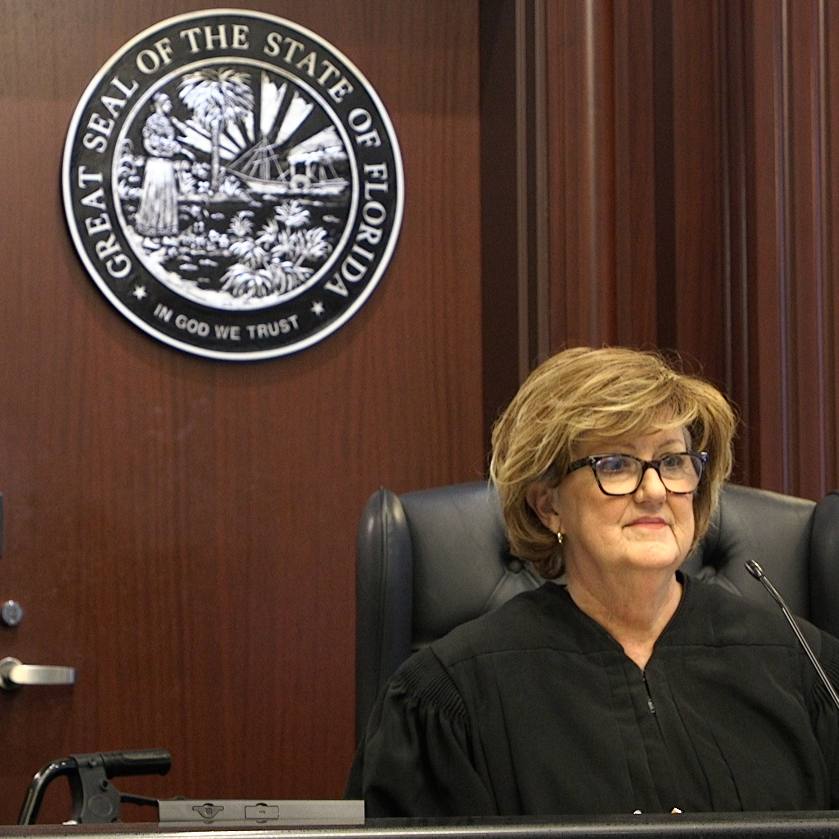
Paul Rhee suffered a stroke that resulted in weakness and spasticity in his right arm and leg. His son, Dr. Peter Rhee, spent the next decade perfecting his research that led to the intricate hand nerve surgery that restored his father’s mobility and function.
When Paul Rhee had a stroke in 2015, it changed everything. He lost movement in his arm, endured painful spasms, and withdrew from daily life because of the unwanted attention his bent arm caused. Simple joys — social gatherings, attending church, spending time with family, holding a fishing rod — slipped away.
For his son, Peter Rhee, D.O., M.S., a hand and microvascular surgeon at Mayo Clinic, the experience was both deeply personal and professionally motivating. “Fishing was something my dad and I always dreamed of sharing across generations. After his stroke, even that was gone,” Dr. Rhee recalls. “It took away part of who he was.”

Fishing was more than just a pastime. For Dr. Rhee, it was symbolic of family and continuity.
That loss became a powerful motivator. Dr. Rhee was determined not just to help his father, but to develop a treatment that could restore hope for patients everywhere who live with spasticity following brain or spinal cord injury.
The Mayo difference
What Dr. Rhee achieved could only happen at Mayo Clinic.
Spasticity occurs when the brain or spinal cord can’t properly control signals to the muscles, causing them to contract uncontrollably and often creating deforming postures. Traditional treatments for spasticity focus on surgically altering the muscles, but Dr. Rhee identified the nerves as the root problem.
Developing a new surgical procedure was no small task. It required years of research and the support of a broad, multidisciplinary team at Mayo Clinic. Physical medicine physicians, anesthesiologists, rehabilitation specialists, therapists, and scientists in the Motion Analysis Lab all played crucial roles in bringing Dr. Rhee’s vision to life.
“I don’t think it would have been possible, even if I had the will as the surgeon, without the supporting cast, the resources, the support — everyone buying into the fact that no matter how complicated it is, we can do it together,” Dr. Rhee explains.
Mayo’s Motion Analysis Lab is nationally accredited and one of fewer than 20 labs of its kind in the U.S., it is also one of only two that evaluates both children and adults. Here, patients aren’t studied through static images like X-rays or MRIs. Instead, they are evaluated while moving, allowing experts to see exactly when and how their muscles misfire or fail.
Patients often arrive without a clear diagnosis, only knowing that something isn’t working the way it should. Staff in the lab spend three to four hours with each patient, using advanced motion capture and electromyography (EMG) sensors to measure how the brain communicates with the muscles. Some sensors are placed on the skin for larger muscles, while fine wire electrodes, as thin as a human hair, are used for deeper or smaller muscles. These tools provide precise, real-time data about how the muscles respond to nerve signals.
“By using dynamic EMG, we can see how the muscles are firing compared to how the arm moves,” says Dr. Rhee. “That helps us plan the surgery with a level of accuracy that isn’t possible in most academic medical centers in the world. With every patient visit, I had more ideas about how to treat patients like my father,” he says.
This level of integration between science and surgery is rare. “The only way you can get this kind of information is through the collaboration of a physician and a scientist,” says Kenton Kaufman, Ph.D., Director, Motion Analysis Lab. “We can see how the upper extremity muscles are functioning while the person is moving. And these types of studies are not done anywhere else but at Mayo Clinic.”
The Motion Analysis Lab doesn’t just inform surgery; the team collects data during surgeries themselves. The lab is able to study human muscle physiology in-vivo, something not done anywhere else in the world. This research has already led to publications in top-ranked medical journals and continues to advance the understanding of spasticity and its treatment.
“Dr. Rhee’s procedures not only restore function, but also quality of life,” adds Dr. Kaufman. “Patients sense the hope that they’ll have a better outcome, because of the time we take to gather the data needed to achieve the best possible surgical results.”
From a single patient to nationwide impact
Dr. Rhee, the sole physician qualified to conduct Paul Rhee's surgery, obtained institutional authorization following a thorough review by the Mayo Clinic Ethics Committee. In December 2022, and again in March 2023, Dr. Rhee performed his new surgical procedure on his father.

The results were profound. Paul regained movement in his arm, was able to relax muscles that had been locked in place for years, and found the confidence to reengage with his community. Most importantly, he could once again hold a fishing rod — a milestone that symbolized freedom and independence.
“After the surgery, he no longer feared people staring at his arm and was able to reconnect with his community,” Dr. Rhee reflects.
The same procedure is now changing lives for patients across the country. Dr. Rhee and his team perform two to three of these complex upper extremity reconstructions each week, often lasting up to 14 hours and involving the entire limb from shoulder to fingertip. Mayo Clinic is one of fewer than 10 centers nationwide where this type of surgery is available, and the team performs more spasticity-related reconstructions than any other center in the U.S.
Dr. Rhee also trains fellows in hand and reconstructive surgery, ensuring that the next generation of surgeons can carry this innovation forward. Over the past six years, nearly 30 physicians have learned the procedure under his guidance. “Following the Mayo brothers’ tradition of sharing expertise, we are expanding access to this surgery worldwide,” he notes.

His colleague, Kitty Wu, M.D., who trained under Dr. Rhee and joined Mayo’s staff in 2023, is expanding the technique further to treat lower extremity spasticity. “Our procedures are restoring hope for patients who thought they had forever lost the function of their limb,” Dr. Wu says. “In some cases, the procedure even prevents permanent disability.”
“Dr. Wu trained at Mayo and expanded on our unique techniques. Together, we offer comprehensive upper and lower extremity reconstructive surgery to adult and pediatric patients,” Dr. Rhee adds.
For Dr. Rhee, the lessons extend beyond the operating room. “I ask patients what they want to do most that they can’t do now. For many in the Midwest, it’s fishing — something close to my heart as well. When I can say, ‘I believe we can get you back to fishing, holding a grandchild or simply moving without pain’ it builds trust and hope. And that’s what Mayo is about.”
Category of one
What happened for Paul Rhee is much more than a single success story. It represents the best of Mayo Clinic: a seamless integration of practice, research and education; teams of experts working together; and a patient-first mission that drives innovation.
Thanks to this pioneering work, Paul can once again fish with his son and grandchildren, an experience the family thought was lost forever. Thanks to the pioneering spirit of our staff, stories like Paul’s remind us why Mayo Clinic remains a place where innovation, teamwork and patient-first care change lives every day.
Watch: Dr. Rhee and his father before and after the surgery
Journalists: Video (2:17) is in the downloads at the end of this post. Please courtesy: "Mayo Clinic News Network."







